1977 is tied with 1964 as the model year in which car shoppers in the United States could choose from the greatest number (47!) of distinct models of station wagon. Ford rightfully called itself the Wagonmaster during the 1970s, with new longroofs boasting Ford badges available in three distinct sizes for 1977 (plus three more wagon models bearing Mercury emblems). Ford wagon shoppers that year could get a vast LTD Country Squire, a midsize LTD II, or a compact Pinto; today's Junkyard Gem is an example of the latter type, found in a wrecking yard in Tulsa, Oklahoma.

We just saw a junkyard-dwelling example of one of the very last Pintos ever built; that car is a Runabout hatchback and today is the wagon's turn.

Ford introduced the Pinto for the 1971 model year, which proved to be a very smart move when OPEC shut off the oil taps a couple of years later. More than three million Pintos had been sold by the time production ceased in 1980. The wagon version was available from 1972 through the very end.

The Pinto was developed in Michigan for the North American market, but all of its available engines were European designs. For the first few years, Pinto buyers could choose between a 1.6-liter version of the pushrod Kent straight-four (first created in Britain for the 1959 Anglia and also used in the original U.S.-market Fiesta) and a 2.0-liter version of the SOHC four-banger originally destined for the 1970 Taunus and Cortina. Starting with the 1974 model year, that engine got bored out to 2.3 liters. For 1975, the 2.8-liter Cologne V6 of Capri fame became a Pinto option.
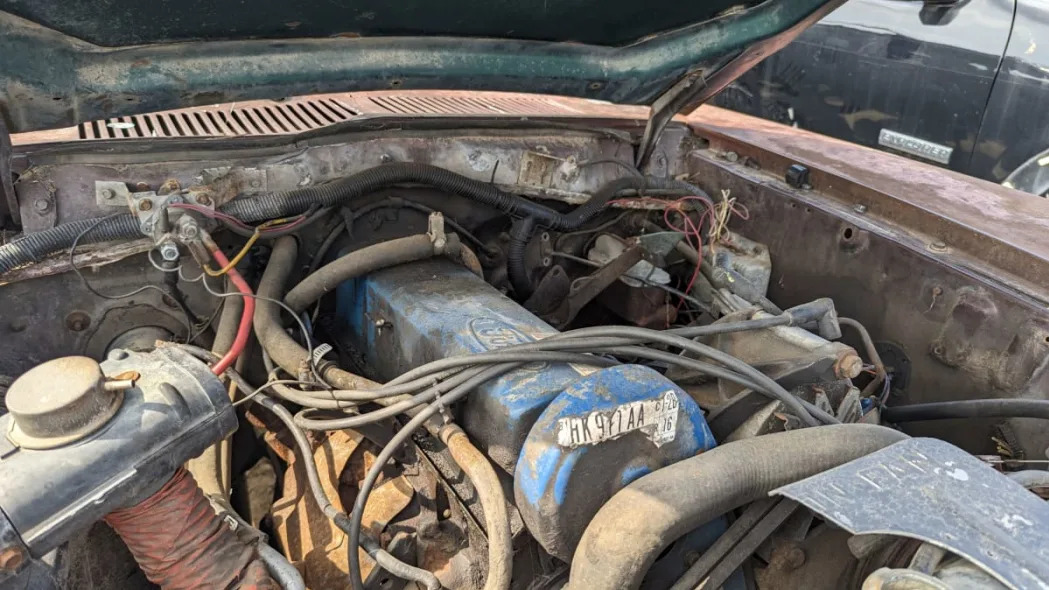
This car began life with a 2.3 rated at 89 horsepower and 120 pound-feet. If no swaps occurred during its life, that's what we're looking at here.
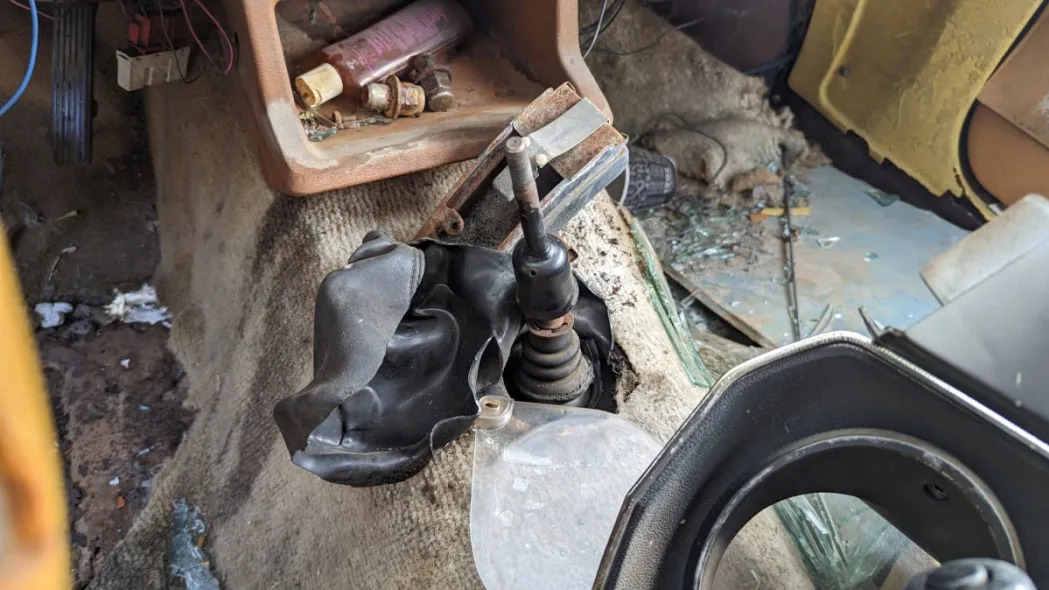
Only two transmissions were ever offered by the factory in new Pintos: a four-speed manual and a three-speed automatic. This car has the four-on-the-floor.
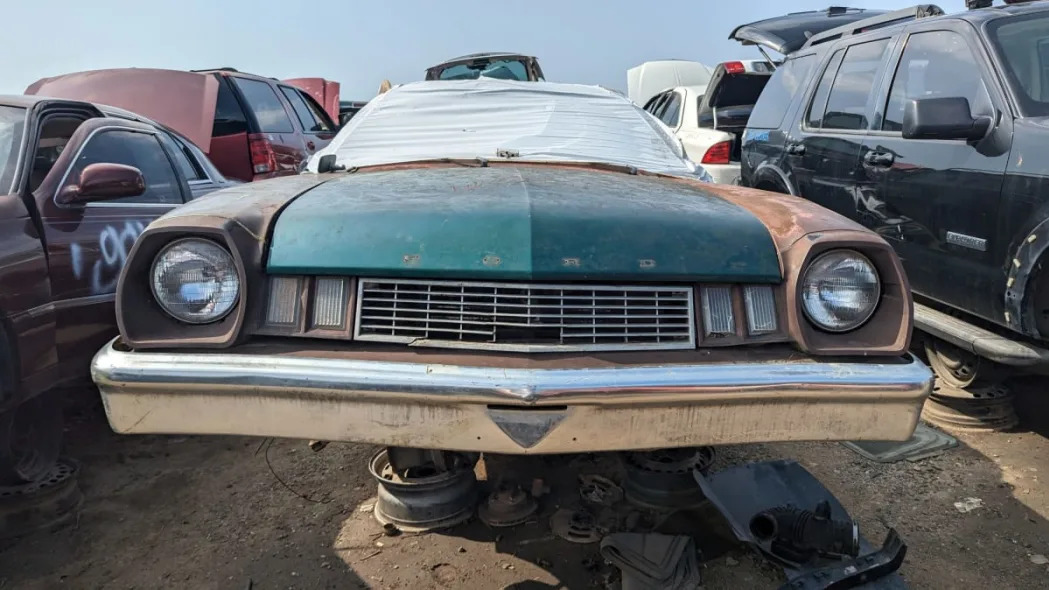
Pinto sales peaked in the 1974 model year, when more than a half-million drove out of showrooms. Sales declined after that, with the downward trend accelerating after Mother Jones published its "Pinto Madness" article in the fall of 1977 and the little Ford became the butt of endless exploding-car jokes.
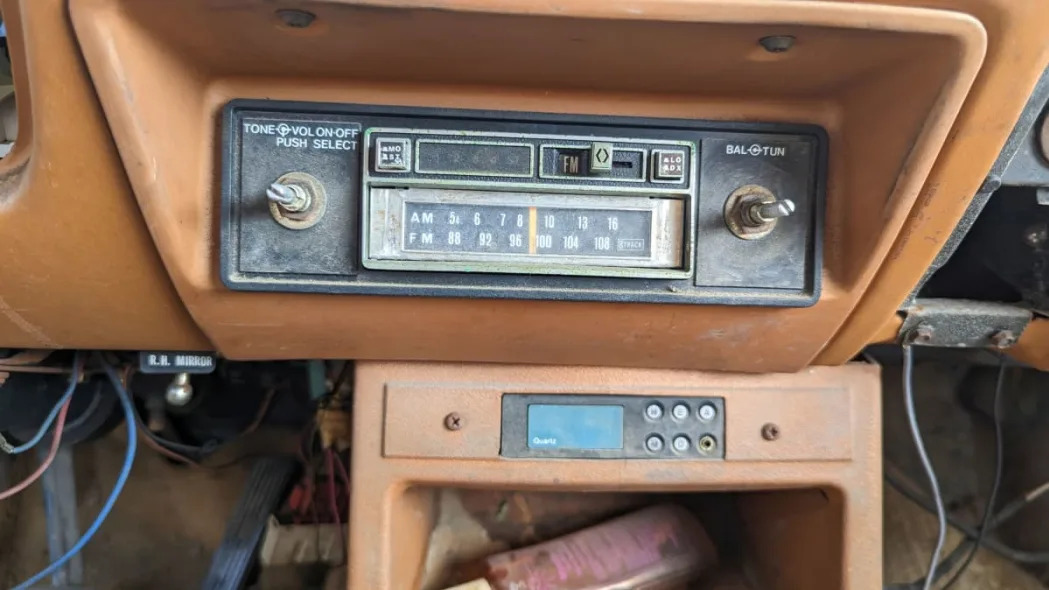
This one has a late-1970s-vintage aftermarket AM/FM/8-track player still in the dash.
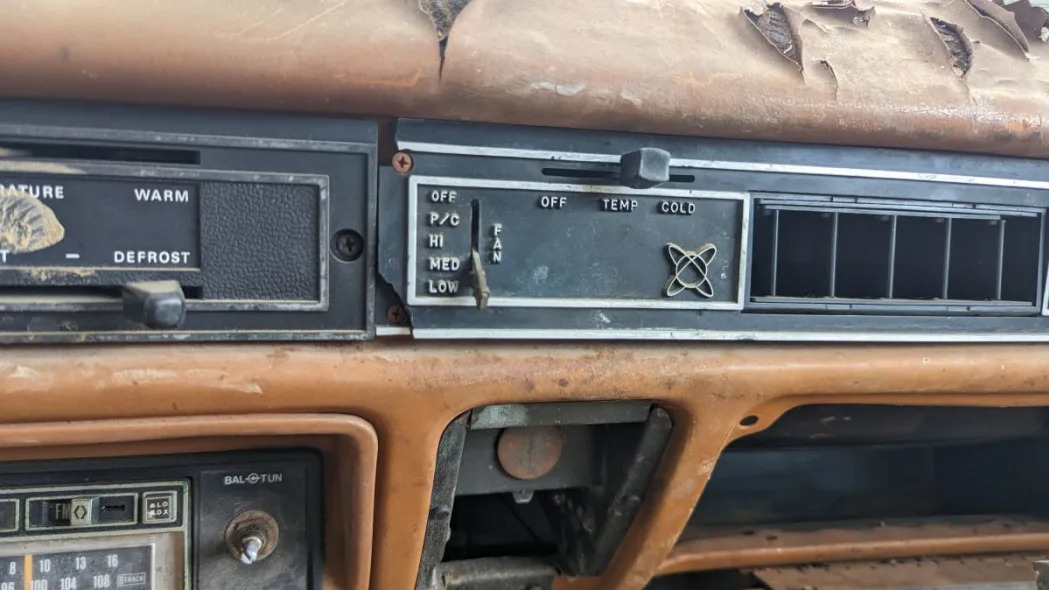
It also appears to have an aftermarket or dealer-installed air-conditioning rig. Can anyone tell us what the "P/C" fan setting is for?
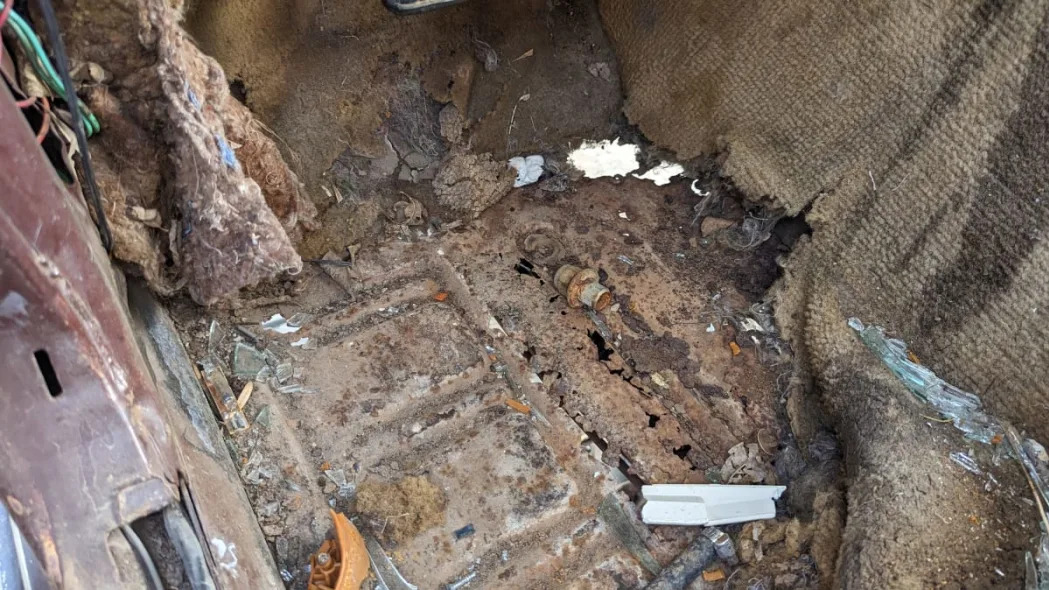
It's grimy, battered and rusty, not worth restoring. Still, it outlasted nearly all of the other wagons from '77.
How did Pinto get to be the best-selling wagon in its class? It was easy!
Blows away the Datsun B210, Toyota Corolla and Honda Civic. Just ask Sir Jackie!
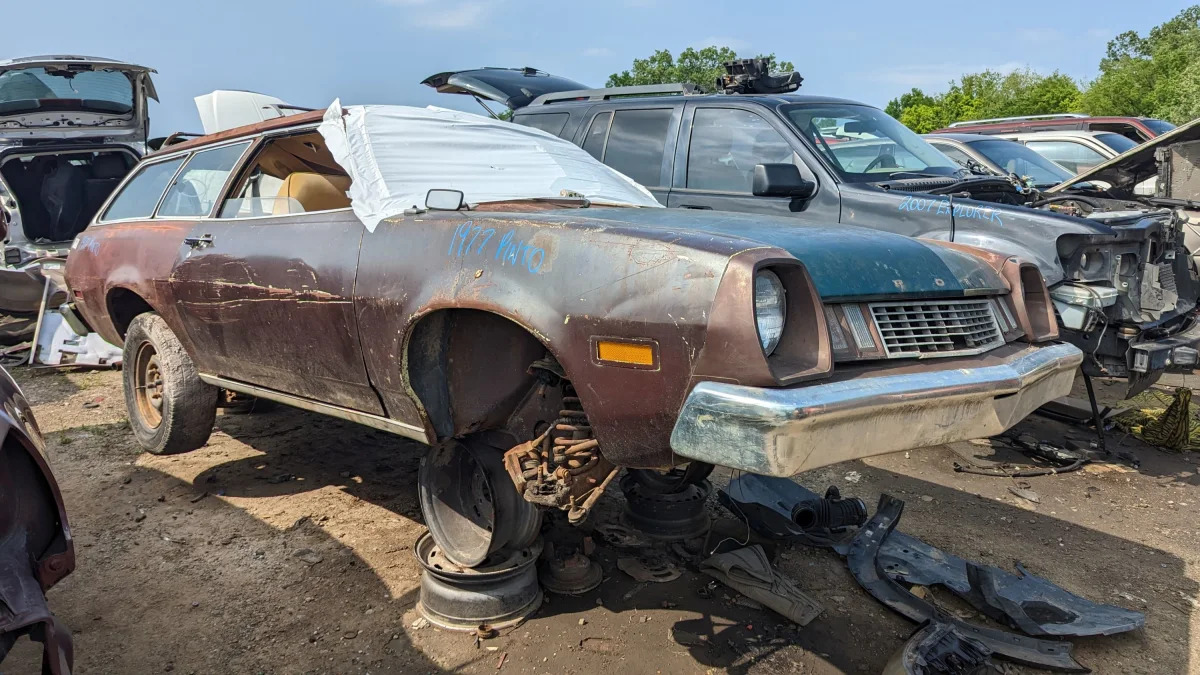









Sign in to post
Please sign in to leave a comment.
Continue